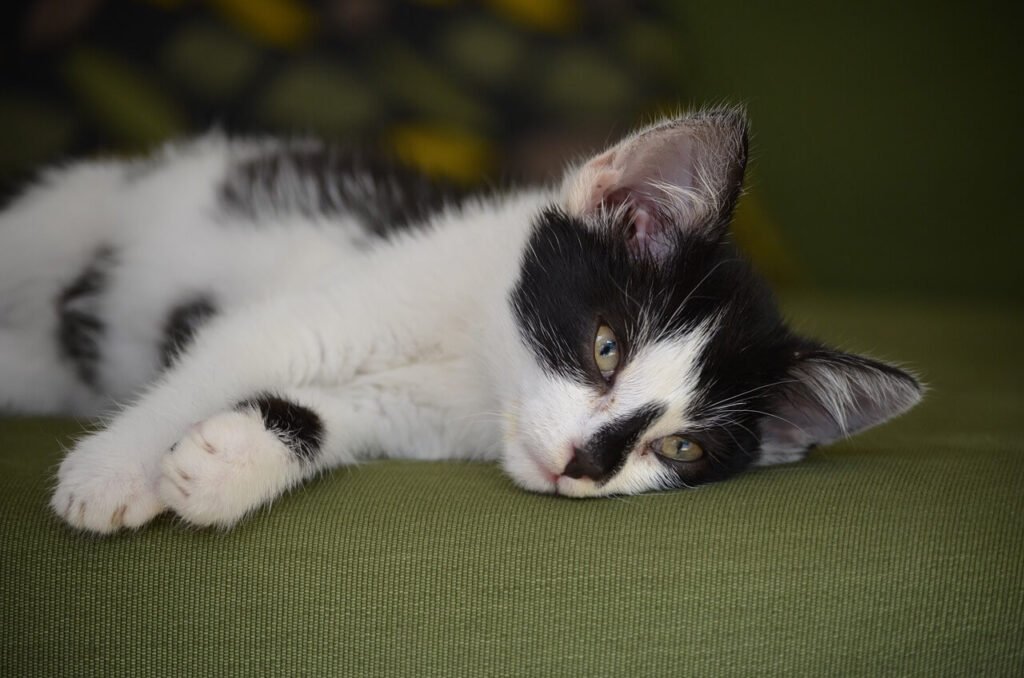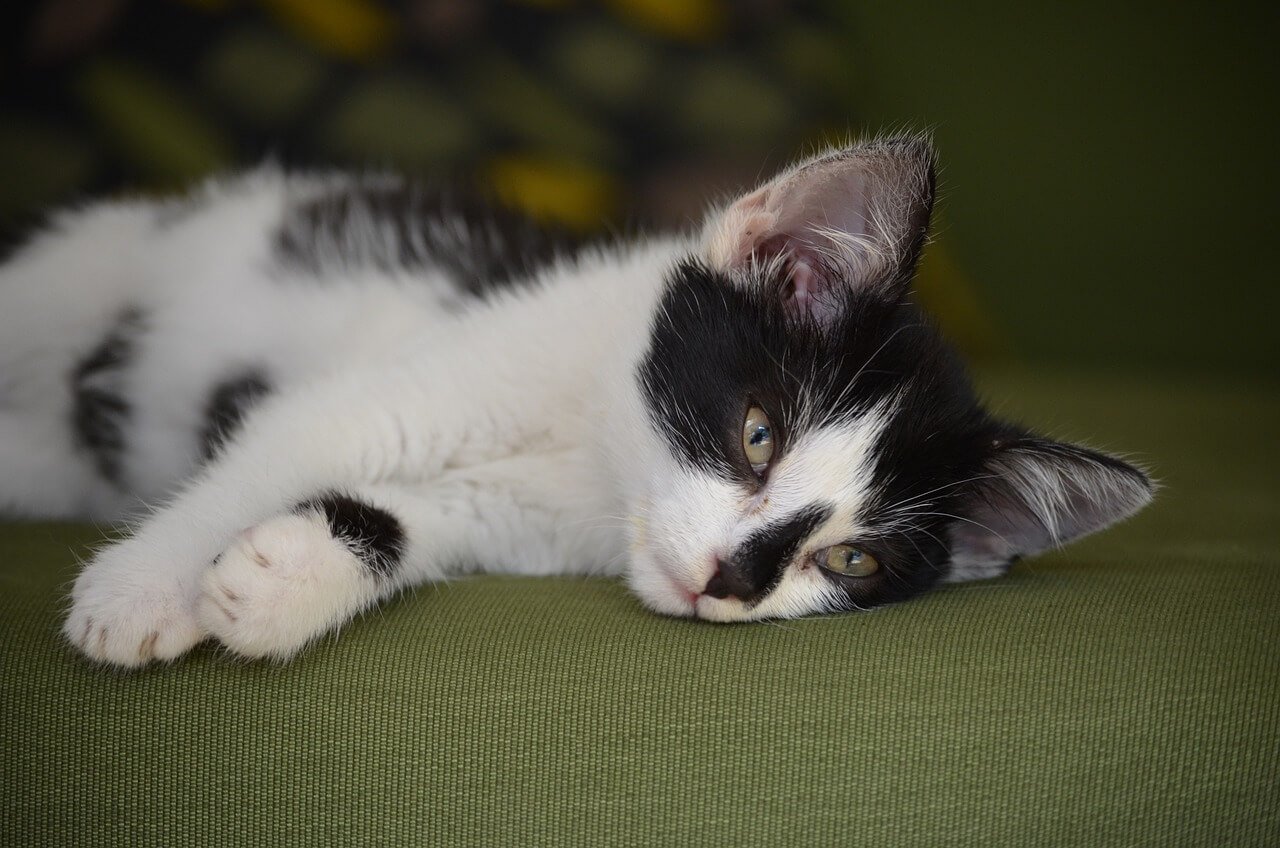Cat Napping: Understanding Your Feline’s Love for Sleep
Cats are notorious for their love of napping, spending up to 16 hours a day in dreamland. This behavior is not just about laziness—it’s deeply rooted in their biology, instincts, and lifestyle. Whether you’re a new cat owner or a seasoned feline enthusiast, understanding why cats nap so much can help you better care for your furry companion. From their unique sleep patterns to the benefits of their restful habits, this blog post dives into the fascinating world of cat napping. Let’s explore what makes your cat’s love for sleep so special and how you can support their natural rhythms.
Why Do Cats Nap So Much?
Cats’ frequent naps are more than just a quirk—they’re essential to their well-being. Here are some key reasons why your feline friend spends so much time snoozing.
Energy Conservation:
Cats are natural hunters, and their bodies are wired to conserve energy for bursts of activity. Napping helps them recharge between hunting sessions—even if they’re only “hunting” toys indoors.Nocturnal Instincts:
Cats are crepuscular, meaning they’re most active during dawn and dusk. Their daytime naps prepare them for these high-energy periods.Age and Growth:
Kittens and senior cats nap more frequently as their bodies require extra rest for growth and recovery.Warmth and Comfort:
Cats love cozy spots, and napping allows them to bask in warmth, whether it’s sunlight or a soft blanket.Evolutionary Adaptation:
In the wild, cats needed to stay alert while resting to avoid predators. Their frequent naps allowed them to remain vigilant in short bursts.
Understanding these factors highlights why napping is such an integral part of a cat’s daily routine.

The Science Behind Cat Napping
Cat napping isn’t random—it’s a carefully orchestrated process influenced by their sleep cycles and brain activity. Here’s what science tells us about this fascinating behavior.
Deep Sleep vs. Light Sleep:
Cats alternate between deep sleep (essential for physical restoration) and light sleep (where they remain semi-alert). This balance ensures they’re ready to spring into action at any moment.REM Sleep Patterns:
During REM (rapid eye movement) sleep, cats may twitch or make small movements, indicating they’re dreaming—a sign of healthy brain activity.Adaptability to Environment:
Cats adjust their sleep patterns based on their surroundings, often napping more in safe, familiar spaces like your home.Temperature Regulation:
Cats use naps to regulate their body temperature, curling up tightly when cold or stretching out when warm.Behavioral Cues:
Observing your cat’s sleeping positions and habits can provide insights into their mood and health.
These scientific aspects reveal the complexity behind your cat’s seemingly simple habit of napping.
Check this guide 👉Why Is My Cat Sleeping So Much? Best 7 Expert Tips!
Check this guide 👉Why Does My Cat Sleep Between Me and My Husband? Best 7 Tips
Check this guide 👉Why Does My Cat Sleep with Her Head in My Hand? Best 7 Tips
Benefits of Cat Napping | Signs of Healthy Sleep Habits |
|---|---|
Promotes physical recovery | Sleeping in short bursts throughout the day |
Supports mental alertness | Twitching or purring during sleep |
Helps regulate body temperature | Choosing cozy, safe sleeping spots |
Reduces stress and anxiety | Returning to favorite napping areas |
Enhances overall well-being | Consistent sleep patterns over time |
How to Create the Perfect Napping Environment for Your Cat
Providing a comfortable and stimulating environment encourages healthy napping habits. Here’s how you can set up the ideal space for your cat to rest and recharge.
Offer Cozy Beds:
Place soft, plush beds in quiet corners where your cat feels secure and undisturbed.Maximize Sunlight Exposure:
Position beds near windows to allow your cat to soak up natural sunlight, which promotes relaxation.Provide Elevated Spaces:
Cats love high perches, such as shelves or cat trees, where they can observe their surroundings while napping.Minimize Noise and Distractions:
Keep noisy appliances or foot traffic away from your cat’s favorite napping spots to ensure uninterrupted rest.Incorporate Familiar Scents:
Add blankets or items with your scent to create a comforting atmosphere that encourages deeper sleep.
A thoughtfully designed napping environment supports your cat’s natural instincts and enhances their quality of life.
Signs Your Cat’s Napping Habits May Indicate Health Issues
While napping is normal for cats, excessive or unusual sleep patterns can sometimes signal underlying health concerns. Watch for these red flags.
Increased Sleep Duration:
If your cat suddenly starts sleeping significantly more than usual, it could indicate lethargy or illness.Avoidance of Favorite Spots:
A reluctance to nap in previously preferred areas might suggest discomfort or pain.Restlessness During Sleep:
Frequent waking, shifting positions, or vocalizing during naps could point to stress or physical issues.Changes in Appetite:
Excessive napping paired with reduced interest in food may be a sign of an underlying medical condition.Lethargic Behavior Post-Nap:
If your cat seems unusually sluggish or uninterested in play after waking, consult your veterinarian.
Monitoring these signs ensures early detection of potential problems and keeps your cat healthy and happy.
Fun Facts About Cat Napping
Cats’ napping habits have intrigued humans for centuries, leading to countless fun facts and quirky observations. Here are some delightful tidbits about this beloved behavior.
Historical Inspiration:
Ancient Egyptians revered cats’ ability to nap gracefully, associating it with divine rest and protection.Dream Content Theories:
Some experts believe cats dream about hunting, playing, or interacting with their owners during REM sleep.Napping Champions:
Domestic cats aren’t alone—big cats like lions also spend large portions of their day napping to conserve energy.Purring Power:
Cats often purr while napping, which has been linked to self-soothing and even healing properties.Seasonal Variations:
Cats tend to nap longer during colder months, using sleep as a way to conserve body heat.
These fun facts add a touch of whimsy to the already enchanting world of cat napping.
Tips for Bonding Through Nap Time
Nap time doesn’t mean you can’t bond with your cat—in fact, it’s a great opportunity to strengthen your connection. Here are some ways to engage with your cat during their downtime.
Join Them for Cuddle Sessions:
Gently petting or lying near your cat while they nap fosters trust and affection.Use Calming Sounds:
Playing soft music or white noise creates a soothing ambiance that both you and your cat can enjoy together.Respect Boundaries:
Avoid disturbing your cat during deep sleep; instead, wait until they’re lightly dozing or awake.Offer Treats After Naps:
Rewarding your cat with treats or playtime after a nap reinforces positive associations with rest.Observe Their Preferences:
Pay attention to where and how your cat likes to nap, then incorporate those preferences into shared activities.
By respecting and participating in their napping rituals, you deepen your bond with your feline friend.
How to Encourage Play Between Naps
Balancing naps with playtime keeps your cat physically and mentally stimulated. Here’s how to encourage active moments between their restful breaks.
Schedule Play Sessions:
Engage your cat in interactive play right after a nap to mimic their natural hunting cycle.Rotate Toys Regularly:
Introduce new toys periodically to keep your cat excited and motivated to play.Use Puzzle Feeders:
Combine mealtime with mental challenges to stimulate your cat’s mind before or after naps.Create Obstacle Courses:
Set up tunnels, boxes, or climbing structures to inspire exploration and exercise.Limit Sedentary Activities:
Discourage excessive lounging by incorporating short bursts of play throughout the day.
Encouraging play alongside napping ensures your cat stays healthy, happy, and engaged.
Frequently Asked Questions About Cat Napping
Is it normal for my cat to nap all day?
Yes, cats naturally nap for long periods. However, if your cat seems excessively lethargic or uninterested in eating or playing, consult a veterinarian.
Should I wake my cat during a nap?
It’s best to let your cat sleep unless there’s an urgent reason to disturb them. Interrupting their rest can cause stress.
Do indoor cats nap more than outdoor cats?
Indoor cats tend to nap more because they expend less energy compared to outdoor cats, who engage in exploring and hunting.
Can I train my cat to nap at specific times?
While you can establish routines through feeding and play schedules, cats ultimately follow their instincts and preferences for napping.
Why does my cat nap on me?
Cats view you as a source of warmth, safety, and companionship. Napping on you strengthens your bond and shows they trust you completely.
Embracing the Art of Cat Napping
Cat napping is one of the many endearing traits that make our feline companions so unique. By understanding the reasons behind their love for sleep and providing a supportive environment, you can ensure your cat enjoys restful, rejuvenating naps. Whether they’re curled up in a sunbeam or sprawled across your lap, these moments of tranquility are a testament to their incredible adaptability and charm. Cherish these peaceful interludes—they’re just another way your cat enriches your life.
Canned Pumpkin for Cat Diarrhea: Best 7 Expert Tips! Natural remedy to firm stools, soothe upset bellies, and support gut health safely.
Can a Cat Give You Scabies? Best 7 Expert Tips! Discover the truth about feline mites, human skin risks, and how to protect yourself—without panic.
Cat Flea vs Human Flea: Best 7 Expert Tips! Discover the truth about bites, species, and how to eliminate infestations for good.
Weird Cat Behaviors: Best 7 Expert Tips! Discover why cats do strange things—and how to understand, not punish, their instincts for a happier home.





